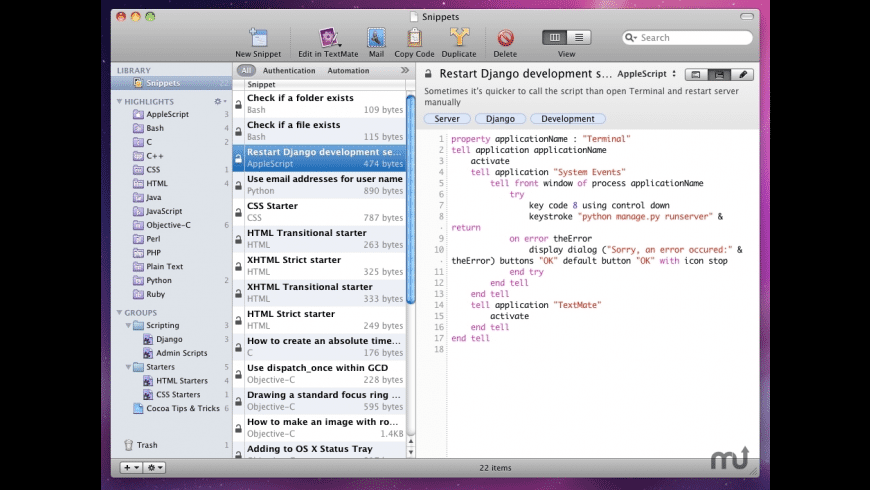A year after Microsoft reintroduced placeholders for Windows users of OneDrive in the form of 'Files On-Demand', Mac users of the cloudy file service are getting the same love.
Apps from the Mac App Store: Applications you install from the Mac App Store are considered the most trustworthy, as they’ve gone through an Apple vetting process and are hosted by Apple themselves. They’re also sandboxed, although this is a reason why many app developers don’t use the Mac App Store. Ignore empty results for xargs in Mac OS X. Ask Question Asked 7 years, 9 months ago. Method using temporary file (or any other placeholder).
Placeholders were briefly a thing in the Windows 7 and 8.1 worlds and allowed a OneDrive user to view the contents of their cloud file store without having to actually download the files until needed. It was a much-loved feature and therefore axed by Microsoft in Windows 10.
Mac users of OneDrive never experienced the joy of placeholders and could only look on enviously as their Windows friends received the new and improved don't-call-it-placeholders Files On-Demand feature in last year's Fall Creators Update.

Now, according to Microsoft, their time has come.
The functionality bears a marked resemblance to that of Windows 10, with an icon to indicate if the file is lurking in the cloud or on the local device. Double-clicking a file will download it, or it can be opened from within an app. Alternatively, a user can decide if a folder or file should be permanently kept locally, or an admin can manage the settings remotely.
Microsoft is playing catch-up against Dropbox, which has provided similar functionality to Mac business users in the form of its Smart Sync technology for some time.
Microsoft proudly trumpeted that Mac support for Files On-Demand was its most requested feature, but has remained silent over user requests to up the 1TB storage limit. DropBox, of course, will cheerfully sell you 2TB if you want it.
Insiders running macOS Mojave (10.14) can get the new functionality up and running in advance of it rolling out to the general public. Fans of the fashionable dark theme, over which much of the internet seems obsessed, will be delighted to know that Mojave's dark mode is also fully supported.
Not just for Macs
Not wanting Windows users to feel left out, Microsoft has also taken the opportunity to remind us that Storage Sense will see an update in the October 2018 Update to shift old files not flagged as 'always keep on device' back to the cloud as drive space runs short.
Additional updates aimed at bringing SharePoint 2019 and Teams users to the world of OneDrive are also incoming. Comments can now be added against files stored in the cloudy service in an effort to support collaboration along with better sharing options. The needy will also be happy to see a timeline and count of viewers of a document from within Office rather than needing to drop into OneDrive to get their fix. ®
It used to be that when you dragged an item off the Dock and dropped it, the icon would disappear in a puff of smoke and make a satisfying noise. The animation was strangely primitive against the backdrop of the slick user interface of what used to called Mac OS X.
The animation first appeared in Developer Preview 4 and many thought it was a placeholder for something more polished. However, after awhile, many people seem to take a liking to it. Here’s a series of frames that shows it if you’re not familiar.
The legendary poof animation came out of a discussion of the Human Interface team that wanted this action to have an animation to go with the very liquid Aqua interface.
One of the most talented engineers on the team took out a piece of paper. I wish I could say it was a napkin to make the story better.
Placeholder Climb Mac Os 11
On the piece of paper, he drew a series of frames similar to what is pictured above. A quick, five frame animation. The intention of the designer was that these drawings would stoke further discussion. That it would get cleaned up and refined later.
Placeholder Climb Mac Os X
But that never happened. It shipped as is. And the rest is history.